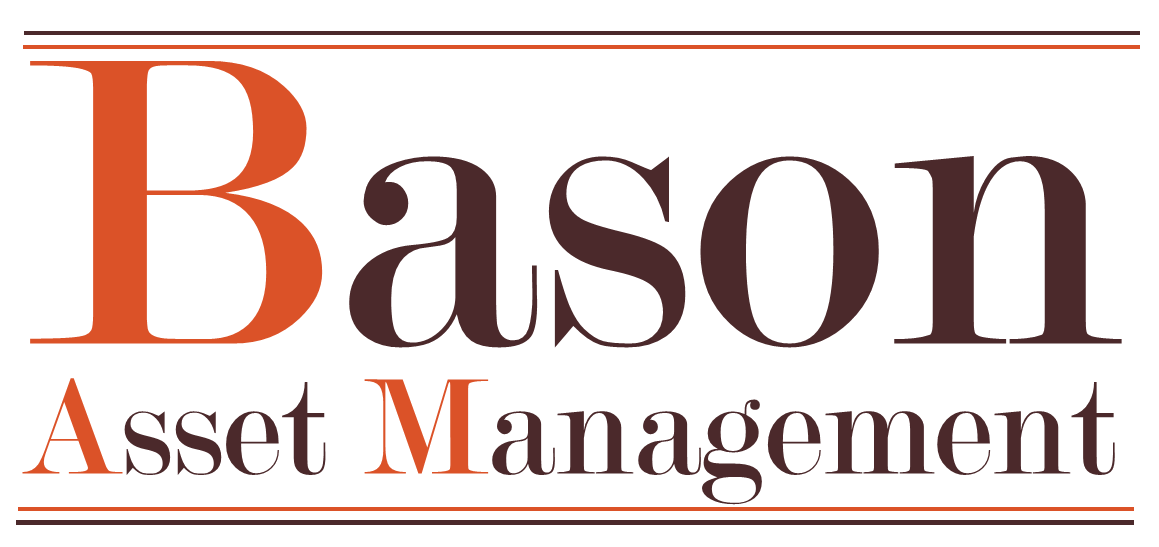While it probably appears that I was born a crazy-eyed, dyed-in-the-wool believer of index investing (aka passive investing), that is a bit short of the truth.
In the beginning of my career in the investment world, I worked at a mutual fund company call center. I knew dangerously little, but would also enjoy chatting up my colleagues about our “good” funds and our “bad” funds. It was so easy then to know which funds to own, you just picked the ones that had done well recently. Thankfully, I left that job in under a year due to the tremendous boredom of reading off account balances and changing mailing addresses for investors.
However, it was while working at the fund company that I started my graduate program with an emphasis in investment management. I have always loved to read and study and the program was an excellent outlet for me. Alongside my required studies I read everything I could get my hands on regarding investment selection and manager performance. I read Graham’s “The Intelligent Investor,” Siegel’s “Stocks for the Long Run,” Lynch’s “One Up On Wall Street,” Malkiel’s “A Random Walk Down Wall Street” and other investment classics. I even read one of Jim Cramer’s books (although I thankfully do not recall which). I read countless academic journals and studies.
Anyone who spends much time reading literature and research about the investment marketplace will sense a strong current of preference towards low cost, index-based investing. I took this information and tucked it into my back pocket.
When I was nearly finished with my MBA program, I had started a position with a large Denver wealth management firm, where one of my primary responsibilities was heading up research and due diligence of actively managed mutual funds and separate accounts for our investment committee. Every month I evaluated our clients’ existing holdings and researched potential managers to add to their portfolios. I was neck deep in data, analytics, commentary and outside research. I made careful study and took proposals to our investment committee keep, add and remove managers from portfolios.
I wrote memos to our clients informing them of decisions we reached regarding these managers. I met with clients to recommend changes in portfolios and defend our positions.
Eventually, as funds we had once highly recommended to clients would inevitably falter, when a managers’ “hot streak” would come crashing down to earth, I began to question the process. Could we actually add value this way? Could the costs of underperformance be justified by the few managers who were still doing well? What happens when we weigh in the tax consequences of this hire-’em-and-fire-’em merry-go-round?
I grew tired of this conversation:
“Gee, Mr. & Mrs. Client, I know I told you a few years ago that this fund was the best option for your portfolio, and that we had done extensive research, analysis and due diligence on the manager. Unfortunately the manager has performed poorly relative to his/her benchmark and we need to make a change. Don’t worry, though, we have done extensive research, analysis and due diligence on the new manager who we are very confident in going forward. Sorry about the costs and tax consequences of this decision.”
I found myself questioning the value of these strategies for my own portfolio. Do I want to take the additional risk that comes with hiring an active manager? How badly will s/he have to underperform before we pull the plug?
Finally I allowed my professional experience and the overwhelming academic research to convince me that there is a better way to invest, one that has a higher probability of success. One that is more tax-efficient and lets investment dollars work harder by reducing the overall cost of investing. One wherein investments can be held practically forever instead of the three-to-five year cycle of hiring and firing active managers.
I knew that passive investing was the investment strategy I wanted for myself and that I wanted to recommend to clients who trusted my advice for their portfolios, and Bason Asset Management was born.
